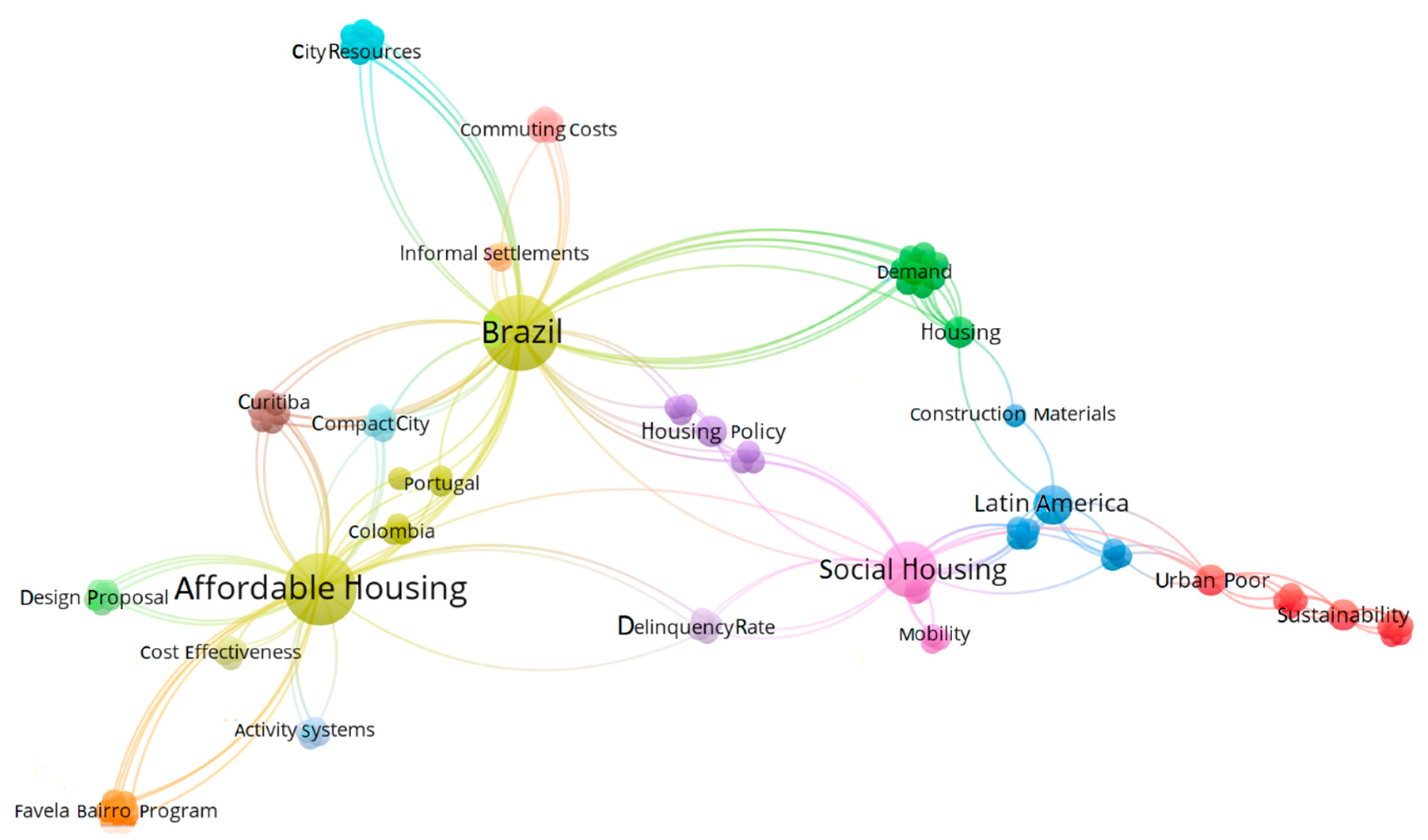
Revolutionizing Homeownership: Affordable Housing Policy Innovations
Affordable housing remains a pressing global issue, and innovative policy approaches are crucial to bridge the gaps and make homeownership a reality for many. In this exploration of Affordable Housing Policy Innovations, we delve into transformative strategies that aim to make housing more accessible and affordable for a diverse range of individuals and families.
1. Incentivizing Affordable Housing Development
One key innovation in affordable housing policy involves incentivizing developers to prioritize affordable housing projects. Local governments can offer tax incentives, density bonuses, or streamlined permitting processes for developers committed to allocating a percentage of their projects to affordable housing units. These incentives encourage the private sector to actively contribute to addressing housing affordability challenges.
2. Inclusionary Zoning for Balanced Communities
Inclusionary zoning is a policy innovation aimed at creating balanced and inclusive communities. By requiring developers to include a certain percentage of affordable housing units within market-rate developments, this policy ensures that communities remain diverse and accessible to individuals across various income brackets. It fosters social integration and prevents the creation of economic silos within urban areas.
To explore the latest in Affordable Housing Policy Innovations, visit waslinfo.org. This resource provides valuable insights into progressive strategies shaping the future of affordable homeownership.
3. Community Land Trusts for Sustainable Affordability
Community Land Trusts (CLTs) are gaining prominence as an innovative approach to sustainable affordability. In a CLT, the community collectively owns the land, while homeowners own the structures on the land. This model prevents speculative land value increases, ensuring that homes remain affordable in the long term. CLTs empower communities to actively participate in preserving affordable housing options.
4. Affordable Housing Bonds to Secure Funding
To fund affordable housing initiatives, governments can issue affordable housing bonds. These bonds generate funds that can be used to subsidize the development of affordable housing projects. By leveraging public financing, governments can make strategic investments in housing affordability without solely relying on taxpayer dollars, diversifying funding sources for essential housing programs.
5. Rent Control and Tenant Protections
Implementing rent control and robust tenant protection policies is another facet of Affordable Housing Policy Innovations. These regulations aim to prevent unreasonable rent increases and provide stability for renters. Additionally, tenant protections can include measures to safeguard against unjust evictions, ensuring that individuals and families have a secure and stable housing environment.
6. Micro-Unit and Co-Housing Initiatives
In response to the changing needs of urban populations, some cities are exploring micro-unit and co-housing initiatives. Micro-units are compact living spaces designed to maximize efficiency, providing affordable options for single individuals or couples. Co-housing encourages shared living arrangements, reducing individual housing costs through communal spaces and shared responsibilities.
7. Technology Solutions for Affordable Housing Access
Technology is playing a role in increasing access to affordable housing. Online platforms and apps can streamline the application process for affordable housing programs, making it more accessible to eligible individuals. Additionally, technology solutions can help match potential renters or buyers with available affordable housing units, improving efficiency in the housing market.
8. Affordable Housing Preservation Strategies
Preserving existing affordable housing is as crucial as creating new units. Affordable housing preservation strategies involve rehabilitating and maintaining existing affordable units, preventing their conversion into market-rate housing. This ensures that communities retain affordable housing stock, addressing the challenge of diminishing affordable options over time.
9. Public-Private Partnerships for Scale and Impact
Collaboration between public and private sectors is a powerful Affordable Housing Policy Innovation. Public-private partnerships can pool resources, expertise, and funding to scale up affordable housing initiatives. This collaborative approach leverages the strengths of both sectors, leading to more significant and sustainable impacts in addressing the affordable housing crisis.
10. Innovative Financing Models for Homeownership
Innovative financing models, such as shared equity homeownership and lease-to-own programs, are reshaping the landscape of affordable homeownership. Shared equity models allow buyers to share the cost of homeownership with an external entity, reducing the upfront financial burden. Lease-to-own programs provide a pathway to ownership for individuals with limited immediate financial capacity.
In conclusion, Affordable Housing Policy Innovations are essential for creating a housing landscape that is inclusive, sustainable, and accessible. By exploring and implementing these innovative strategies, governments, communities, and private entities can work together to address the complex challenge of housing affordability, ultimately creating more opportunities for individuals and families to achieve the dream of homeownership.
